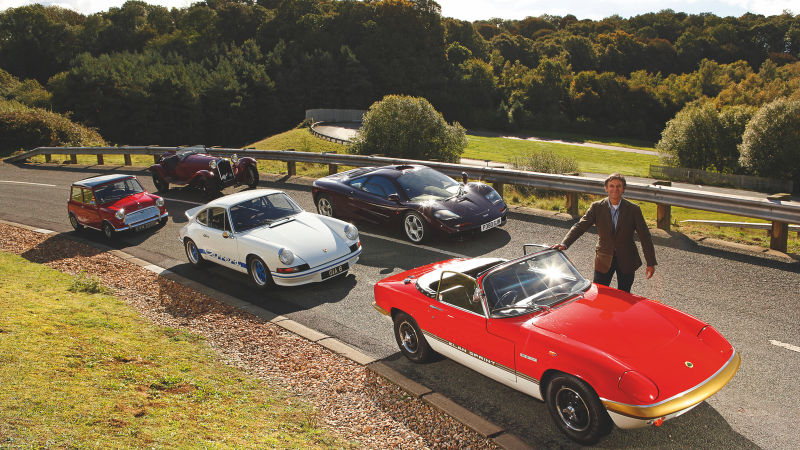Sports cars are the epitome of automotive performance, combining sleek design with powerful engines and nimble handling. Here are the top 10 sports cars that have made their mark in the automotive world:
The Porsche 911: An Icon of Automotive Engineering
For over 50 years, the Porsche 911 has been a symbol of automotive excellence. One of the best sports cars of all time represents the pinnacle of German engineering and design. Since its introduction in 1963, the 911 has undergone numerous updates and iterations, but it has remained true to its original mission of providing an unparalleled driving experience. In this article, we’ll explore the history and legacy of the Porsche 911, and what makes it one of the most iconic sports cars in the world.
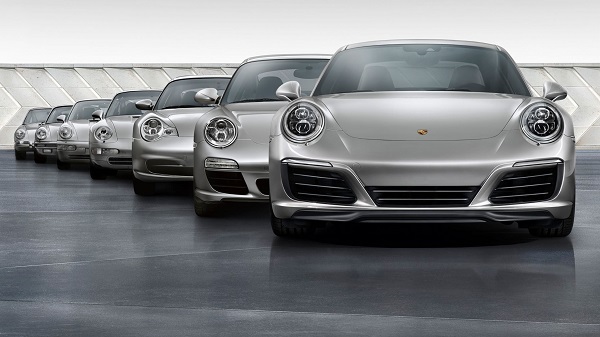
History
As a sports car, the Porsche 911 was first introduced at the Frankfurt Motor Show in 1963, as a replacement for the Porsche 356. The original model featured a rear-mounted, air-cooled engine and a lightweight, aerodynamic body that helped it achieve impressive performance and handling. Over the years, the 911 has undergone numerous updates and redesigns, with each new generation building on the strengths of its predecessors. Today, the 911 is in its eighth generation, and it remains one of the most coveted sports cars on the market.
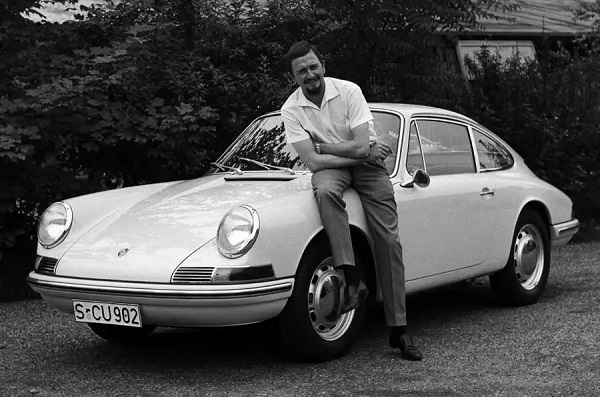
Design
The design of the Porsche 911 like many other sports cars has always been an exercise in form following function. The low, wide stance and sleek lines of the car are optimized for performance, with every curve and contour designed to minimize drag and maximize downforce. The interior is equally focused on the driver, with a simple, intuitive layout that prioritizes functionality over frills. The 911 is a masterclass in automotive design, and its iconic silhouette is instantly recognizable to enthusiasts around the world.
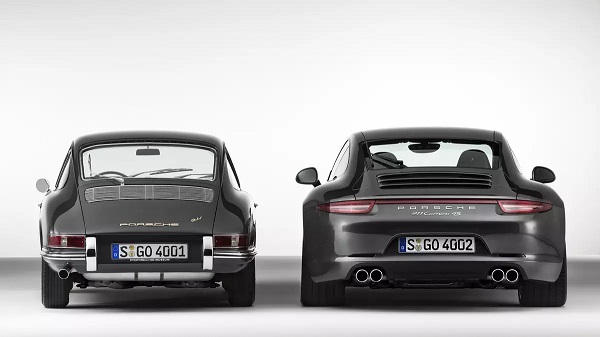
Performance
The Porsche 911 is known for its exceptional performance and handling, thanks to its rear-engine layout, balanced weight distribution, and advanced suspension system. The latest model, the 911 Turbo S, is powered by a twin-turbocharged 3.8-liter flat-six engine that produces 640 horsepower and 590 lb-ft of torque. This power is sent to all four wheels through an eight-speed dual-clutch automatic transmission, allowing the car to accelerate from 0 to 60 mph in just 2.6 seconds. The 911 is equally adept on the track and on the open road, with precise steering and a responsive throttle that makes it a joy to drive in any situation.
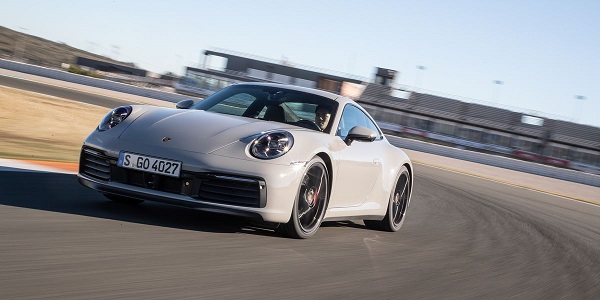
Legacy
The Porsche 911 has a long and storied racing history, with numerous victories in endurance races and rallies around the world. It has also been featured in countless films and TV shows, cementing its status as a cultural icon. The 911 has a dedicated fanbase, with owners and collectors who cherish its unique blend of performance, style, and engineering excellence. The Porsche 911 is more than just a sports car – it’s a symbol of automotive innovation and achievement.
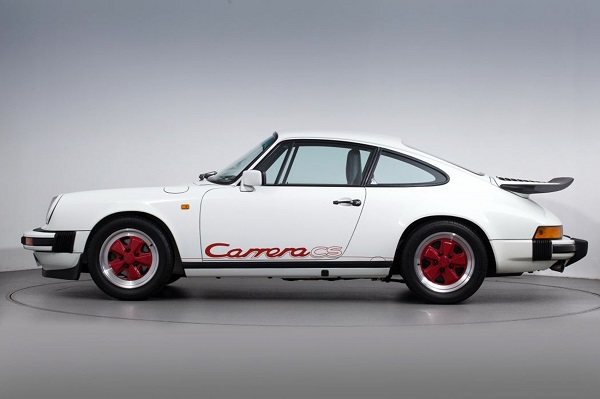
The Chevrolet Corvette: A Mid-Engine Masterpiece
The Chevrolet Corvette has been an American icon for over half a century, offering a unique blend of performance, style, and affordability. In 2020, the Corvette underwent its biggest transformation yet, with the introduction of the first-ever mid-engine model. This new Corvette represents a significant departure from the traditional front-engine layout of its predecessors, and it has already established itself as a game-changing supercar in its own right.
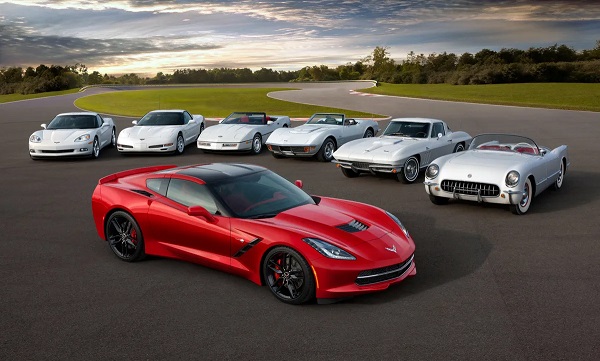
Design
At first glance, the 2020 Corvette is immediately recognizable as a Corvette, but its design is more aggressive and futuristic than any previous model. The mid-engine layout allowed the designers to create a more sculpted and aerodynamic body, with a low, wide stance and sharp lines that draw the eye from the front to the rear. The front end features a prominent splitter and sleek LED headlights, while the rear is highlighted by a large diffuser and quad exhaust tips. The new Corvette is a visual masterpiece, and it’s clear that every detail was carefully considered to maximize performance and style.

Performance
The mid-engine layout of the 2020 Corvette allows for a more balanced weight distribution, which translates to better handling and traction. The base model is powered by a 6.2-liter V8 engine that produces 495 horsepower and 470 lb-ft of torque, which is paired with an eight-speed dual-clutch automatic transmission. This powertrain delivers blistering acceleration, with a 0-60 mph time of just 2.9 seconds. The Corvette also features a magnetic ride control suspension system and an electronic limited-slip differential, which work together to provide precise handling and grip on any road or track.
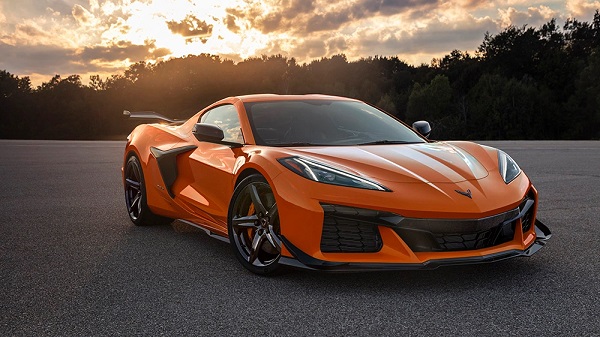
Features
Considered as one of the most inventive sports cars of all time, the 2020 Corvette is packed with high-tech features that enhance the driving experience and set it apart from other sports cars in its class. The cockpit is driver-focused, with a low seating position and a digital instrument cluster that displays all the essential information. The infotainment system features a large touchscreen display, Apple CarPlay, Android Auto, and a 4G LTE Wi-Fi hotspot. The Corvette also has a front lift system that raises the front end to clear steep driveways or speed bumps, and a performance data recorder that can capture video and data from your track sessions.

Legacy
The Corvette has a storied racing history, and the latest model is poised to continue that tradition. The mid-engine layout gives the car a more competitive edge on the track, and Chevrolet has already announced plans to race the Corvette in various motorsports events around the world. The Corvette also has a dedicated fanbase, with owners and collectors who cherish the car’s unique combination of performance and affordability.
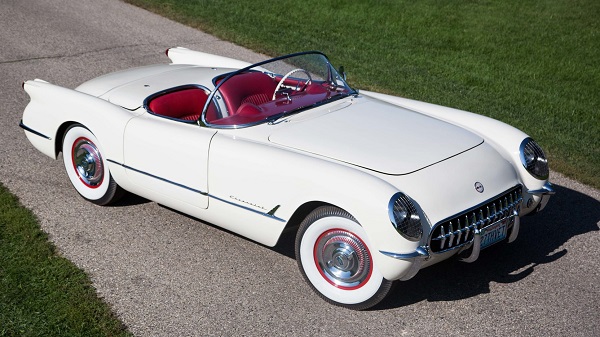
The Ford Mustang Shelby GT500: A Legend in American Muscle
Since its introduction in the 1960s, the Ford Mustang has been a symbol of American automotive muscle, combining sleek design with powerful engines and a thrilling driving experience. The Shelby GT500 takes this iconic formula to the next level, with even more power, performance, and attitude. In this article, we’ll explore the history and legacy of the Ford Mustang Shelby GT500, and what makes it one of the most revered American sports cars of all time.
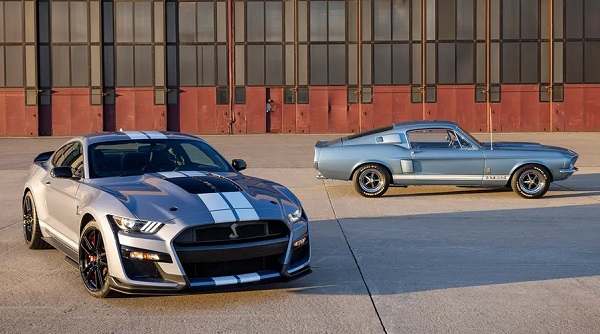
History
The first Ford Mustang Shelby GT500 was introduced in 1967, as a high-performance variant of the already-popular Mustang. It was developed in collaboration with famed racer and car designer Carroll Shelby, and it quickly became a favorite among driving enthusiasts. Over the years, the GT500 has undergone numerous updates and redesigns, with each new iteration pushing the limits of what a muscle car can do. Today, the Shelby GT500 is one of the most powerful and advanced sports cars on the market.
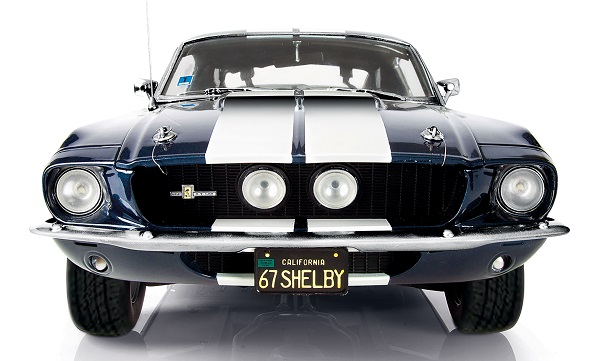
Design
The design of the Shelby GT500 is all about power and performance. From its aggressive front grille to its sleek, aerodynamic body, every aspect of the car is optimized for speed and handling. The interior is equally focused on the driver, with a cockpit-style layout that puts all the controls within easy reach. The Shelby GT500 is available in a range of bold colors and finishes, including classic racing stripes and unique metallic hues. This car is a statement piece, designed to turn heads and leave a lasting impression.

Performance
The Shelby GT500 is all about performance, with a supercharged 5.2-liter V8 engine that produces a staggering 760 horsepower and 625 lb-ft of torque. This power is sent to the rear wheels through a seven-speed dual-clutch automatic transmission, allowing the car to accelerate from 0 to 60 mph in just 3.3 seconds. The GT500 also features advanced suspension and braking systems, with adjustable dampers and massive Brembo brakes that ensure the car can handle all that power with ease. Whether you’re on the track or the open road, the Shelby GT500 delivers a thrilling driving experience.
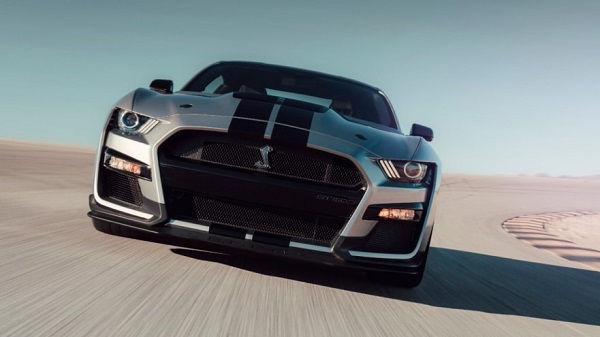
Legacy
The Ford Mustang Shelby GT500 has a long and storied racing history, with numerous victories in drag races and road courses around the world. It has also been featured in countless films and TV shows, cementing its status as a cultural icon. The GT500 has a dedicated fanbase, with owners and collectors who cherish its unique blend of power, style, and American heritage. The Shelby GT500 is more than just a car – it’s a symbol of American automotive excellence and a testament to the enduring appeal of the muscle car.
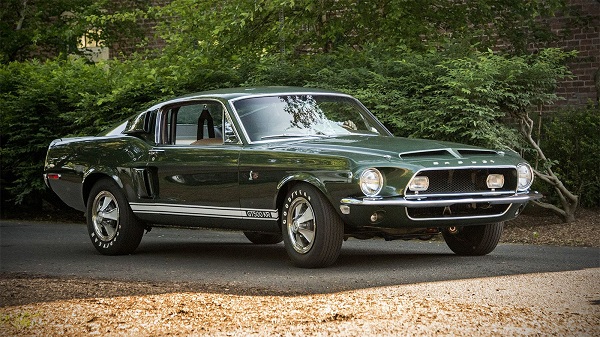
The Audi R8: A Masterpiece of Performance and Design
The Audi R8 is a sports car that combines breathtaking performance with sleek and sophisticated design. Since its debut in 2006, the R8 has captured the hearts and imaginations of car enthusiasts worldwide, earning a reputation as one of the best high-performance cars on the market. In this article, we will explore the history, design, performance, and legacy of the Audi R8.
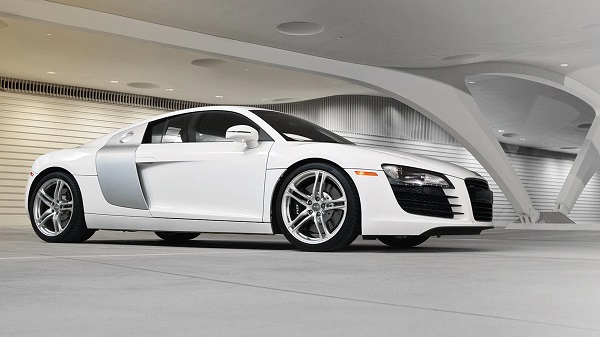
History
The Audi R8 was first introduced at the Paris Motor Show in 2006 as a production version of the Audi Le Mans Quattro concept car. The R8 was designed to showcase Audi’s engineering and technological prowess, drawing on the company’s extensive experience in motorsport. The car was an immediate success, winning numerous awards and accolades, including the coveted World Performance Car of the Year award in 2008.
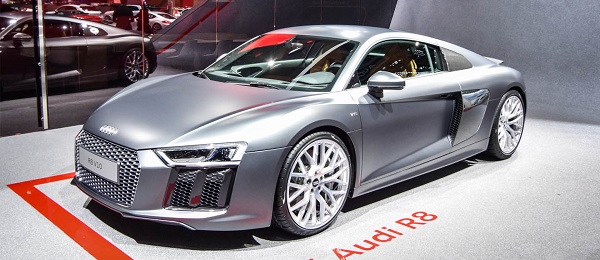
Design
The Audi R8 is a stunning example of automotive design, combining aerodynamic efficiency with sleek and stylish lines. The car’s low-slung profile, muscular haunches, and distinctive LED headlights give it a bold and aggressive look. The interior is equally impressive, with a driver-focused cockpit that combines premium materials with cutting-edge technology. The Audi virtual cockpit, for example, provides drivers with a fully digital instrument cluster, which can be customized to display a range of information and settings.
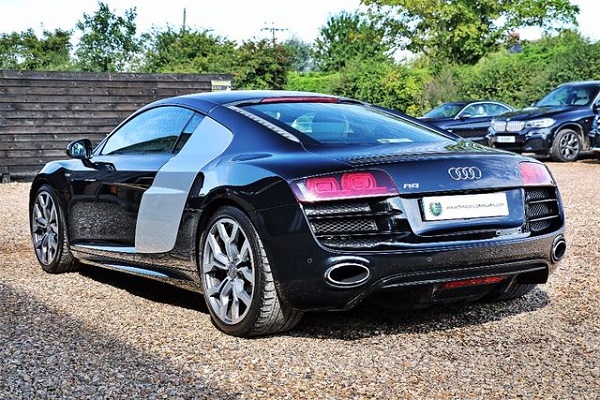
Performance
The Audi R8 is a masterclass in high-performance engineering, with a range of powerful engines and advanced chassis technologies. The car’s base engine is a naturally aspirated 5.2-liter V10, producing up to 610 horsepower and 413 lb-ft of torque, which propels the R8 from 0 to 60 mph in just 3.2 seconds. The car’s handling is also impressive, thanks to Audi’s Quattro all-wheel-drive system, magnetic ride suspension, and torque vectoring technology. The R8 also features carbon-ceramic brakes and a range of driving modes that allow drivers to fine-tune the car’s performance to their liking.
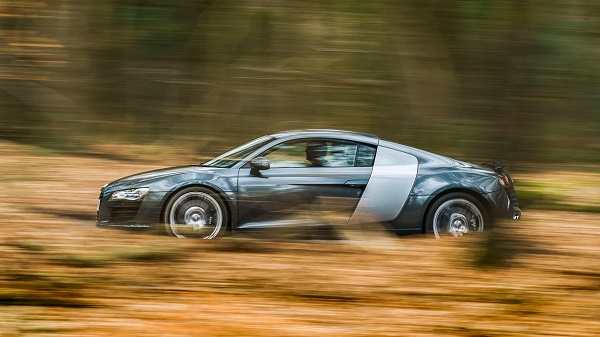
Legacy
The Audi R8 has established itself as a true icon of the sports car world, thanks to its blend of cutting-edge technology, stunning design, and exceptional performance. The car has achieved numerous victories in motorsport, including wins at the 24 Hours of Le Mans and the FIA GT Championship. The R8 has also been featured in numerous films and television shows, further cementing its status as a true automotive legend.
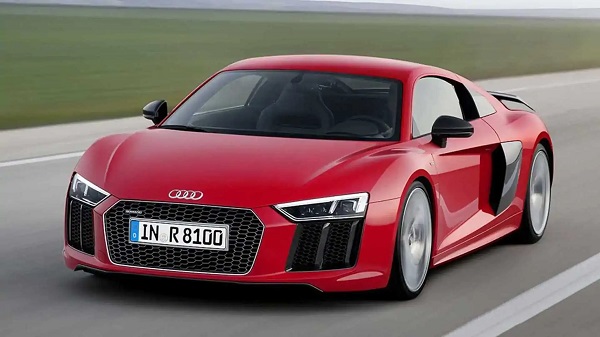
Ferrari 488: A Masterpiece of Italian Engineering and Design
The Ferrari 488 is a mid-engine sports car that combines stunning performance with a sleek and sophisticated design. It’s the successor to the Ferrari 458 Italia, and since its debut in 2015, the 488 has been widely regarded as one of the best high-performance cars on the market. In this article, we’ll explore the history, design, performance, and legacy of the Ferrari 488.
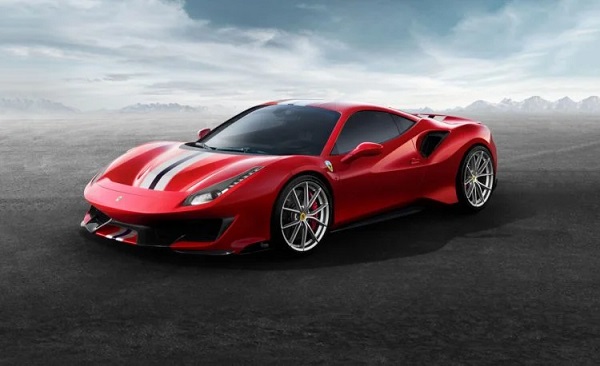
History
The Ferrari 488 was first unveiled at the 2015 Geneva Motor Show as the successor to the Ferrari 458 Italia. The 488 was designed to push the boundaries of high-performance sports cars, with a focus on aerodynamics and handling. The car features a turbocharged V8 engine and advanced electronics, making it one of the fastest and most powerful cars in the world.
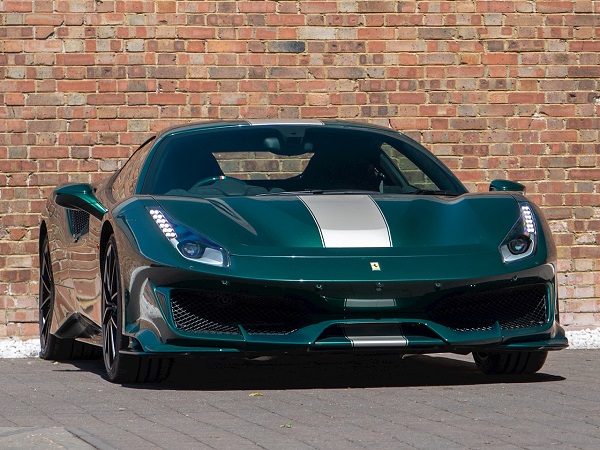
Design
The Ferrari 488 is a stunning example of Italian engineering and design. The car’s sleek and aerodynamic lines are designed to minimize drag and maximize downforce, resulting in exceptional handling and performance. The car’s wide stance and aggressive front end give it a bold and imposing look, while the low-slung profile and sculpted rear end give it a classic sports car appearance.
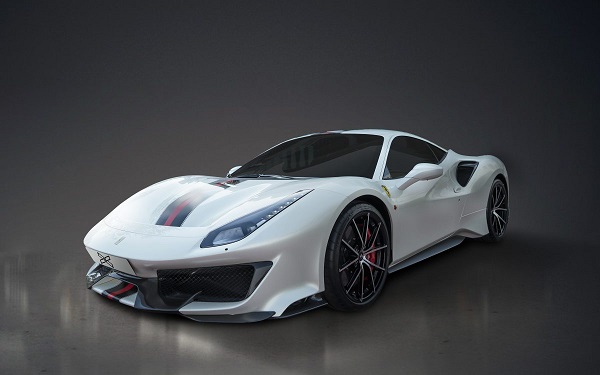
Inside the car, the driver-focused cockpit features premium materials and cutting-edge technology. The Ferrari 488’s dashboard is inspired by Formula 1 cars, with an array of buttons and switches that control various functions of the car. The seats are upholstered in high-quality leather, while the steering wheel is wrapped in carbon fiber.
Performance
The Ferrari 488 is a masterclass in high-performance engineering, with a range of advanced technologies that deliver exceptional speed, handling, and control. The car’s 3.9-liter V8 engine produces 661 horsepower and 561 lb-ft of torque, propelling the 488 from 0 to 60 mph in just 3 seconds. The car’s top speed is over 200 mph, making it one of the fastest cars in the world.
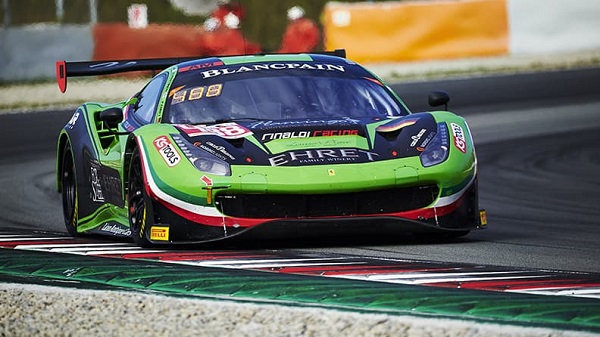
The Ferrari 488’s handling is equally impressive, thanks to its advanced suspension and aerodynamics. The car features a rear-wheel-drive system and a seven-speed dual-clutch transmission, delivering lightning-fast shifts and exceptional control. The 488’s electronic systems include a Side Slip Control system, which allows drivers to precisely control the car’s angle of drift.
Legacy
The Ferrari 488 has quickly established itself as a true icon of high-performance sports cars. The car has won numerous awards and accolades, including the 2016 International Engine of the Year award. The 488 has also achieved success on the track, with multiple victories in the FIA World Endurance Championship and the IMSA WeatherTech SportsCar Championship.

Lamborghini Huracan: A High-Performance Supercar That Exceeds Expectations
The Lamborghini Huracan is a high-performance supercar that boasts incredible power, speed, and style. Since its debut in 2014, the Huracan has become a beloved icon in the world of supercars, captivating car enthusiasts with its jaw-dropping design and blistering performance. In this article, we’ll take a closer look at the history, design, performance, and legacy of the Lamborghini Huracan.
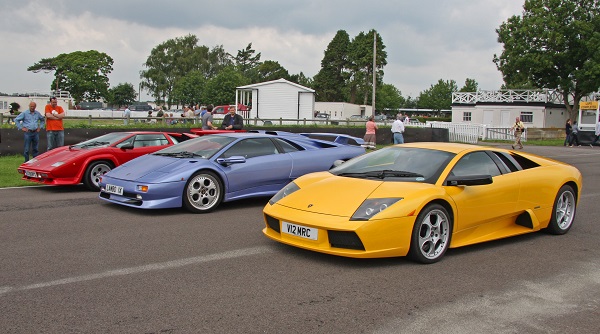
History
The Lamborghini Huracan was first introduced at the 2014 Geneva Motor Show as the successor to the Gallardo. The car was designed to be a modern and more powerful version of its predecessor, with a focus on aerodynamics and handling. The Huracan features a naturally aspirated V10 engine, advanced electronics, and a lightweight body, making it one of the most exciting and engaging supercars on the market.

Design
The Lamborghini Huracan is a stunning example of Italian design and engineering. The car’s sharp angles, sculpted lines, and bold color options make it an attention-grabbing masterpiece on the road. The Huracan’s distinctive “Y” shaped LED headlights, large air intakes, and low-slung profile give it a fierce and menacing look, while its interior is designed for ultimate comfort and luxury.
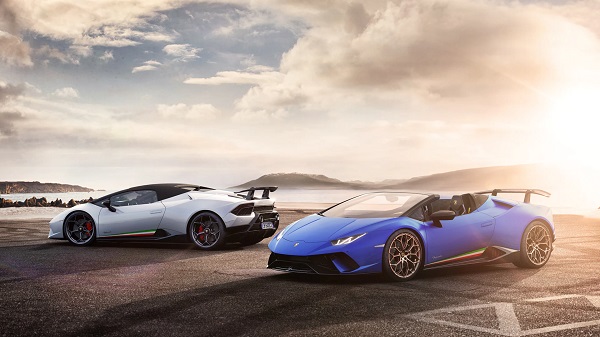
Inside the car, the Huracan features a driver-focused cockpit that’s inspired by fighter jets. The car’s dashboard is dominated by a large TFT display that shows important information about the car’s performance, while the seats are upholstered in premium leather and feature intricate stitching and detailing.
Performance
The Lamborghini Huracan is a true high-performance supercar, with a range of advanced technologies that deliver blistering speed and exceptional handling. The car’s naturally aspirated V10 engine produces up to 602 horsepower and 413 lb-ft of torque, rocketing the Huracan from 0 to 60 mph in just 3.2 seconds. The car’s top speed is over 200 mph, making it one of the fastest cars on the market.
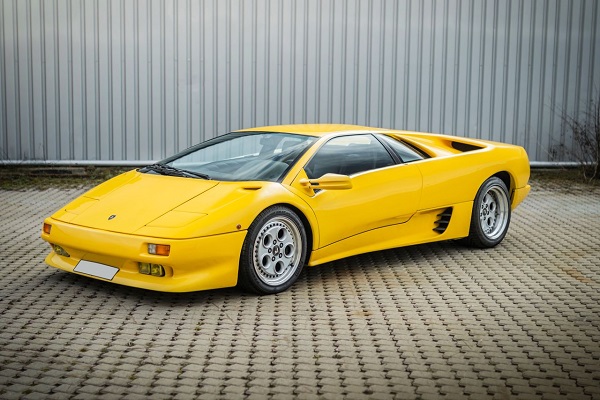
The Huracan’s handling is equally impressive, thanks to its advanced suspension and aerodynamics. The car features a permanent four-wheel-drive system and a seven-speed dual-clutch transmission, delivering lightning-fast shifts and incredible control. The Huracan’s electronic systems include a Magnetic Ride system, which adjusts the car’s suspension to provide optimal handling and comfort.
Legacy
The Lamborghini Huracan has quickly established itself as one of the most beloved supercars of all time. The car has won numerous awards and accolades, including the 2014 Best Driver’s Car award from Motor Trend magazine. The Huracan has also achieved success on the track, with multiple victories in the GT3 category of the Blancpain GT Series.
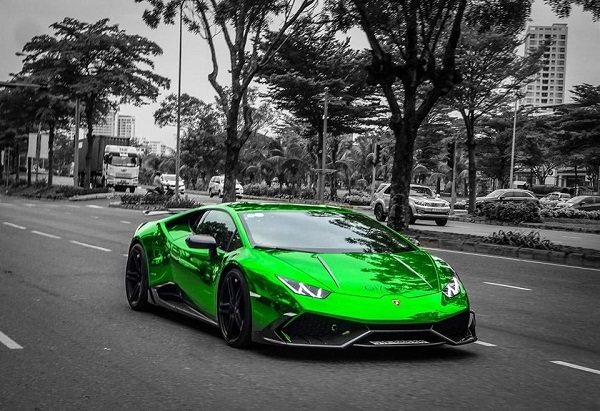
McLaren 720S: A Cutting-Edge Supercar With Unmatched Performance
The McLaren 720S is a high-performance supercar that has been setting the standard for speed, handling, and luxury since its debut in 2017. Built by one of the most respected names in automotive engineering, the 720S is a true masterpiece of design and technology. In this article, we’ll take a closer look at the history, design, performance, and legacy of the McLaren 720S.
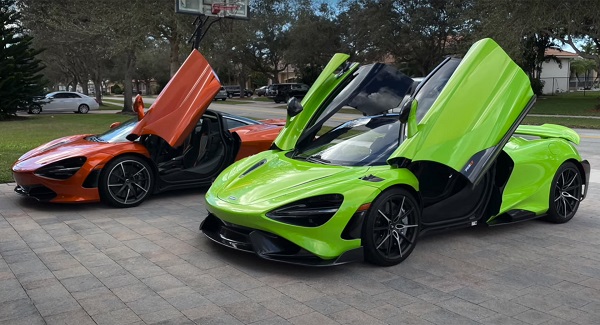
History
The McLaren 720S was introduced at the 2017 Geneva Motor Show, as the successor to the 650S. The car was designed to be a more powerful and aerodynamic version of its predecessor, with a focus on speed, handling, and luxury. The 720S features a twin-turbocharged V8 engine, advanced electronics, and a lightweight carbon fiber body, making it one of the most advanced and exciting supercars on the market.
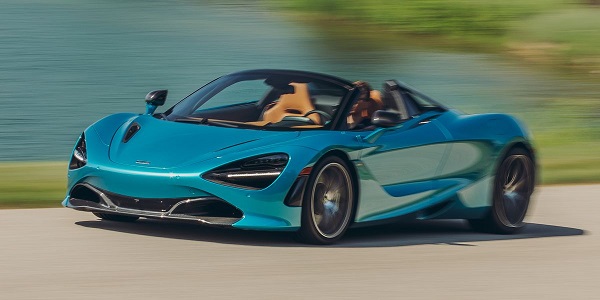
Design
The McLaren 720S is a striking example of modern design and engineering. The car’s sleek lines, aerodynamic curves, and bold color options make it a head-turning masterpiece on the road. The 720S features a distinctive “eye socket” design for its headlights, as well as a dramatic dihedral door system that adds to the car’s aerodynamic profile.
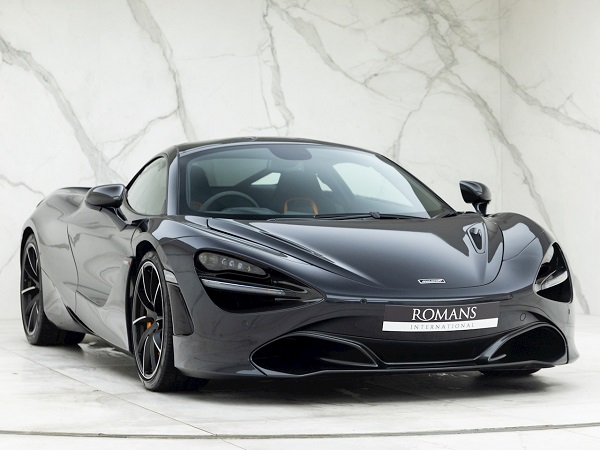
Inside the car, the 720S features a minimalist yet luxurious cockpit. The car’s dashboard is dominated by a large touchscreen display that controls everything from climate control to infotainment, while the seats are designed for ultimate comfort and support.
Performance
The McLaren 720S is a true high-performance supercar, with a range of advanced technologies that deliver unparalleled speed and handling. The car’s twin-turbocharged V8 engine produces up to 710 horsepower and 568 lb-ft of torque, accelerating the 720S from 0 to 60 mph in just 2.8 seconds. The car’s top speed is over 212 mph, making it one of the fastest cars on the market.
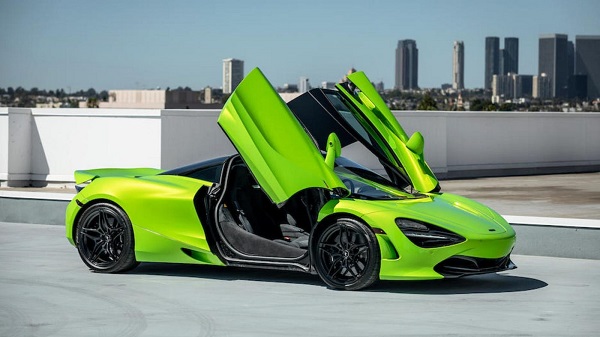
The 720S’ handling is equally impressive, thanks to its advanced suspension and aerodynamics. The car features an active suspension system that adjusts in real-time to provide optimal handling and ride quality, as well as an advanced aerodynamic design that minimizes drag and maximizes downforce.
Legacy
The McLaren 720S has quickly established itself as one of the most innovative and exciting supercars of all time. The car has won numerous awards and accolades, including the 2018 World Performance Car of the Year award. The 720S has also achieved success on the track, with multiple victories in GT3 and GT4 racing categories.
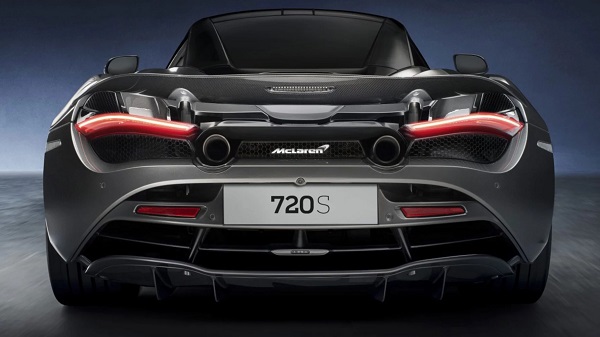
Nissan GT-R: A High-Tech Supercar with a Legendary Performance Legacy
The Nissan GT-R, also known as “Godzilla,” is a high-performance sports car that has been an icon of the automotive world for decades. Since its debut in 1969, the GT-R has been known for its innovative design, advanced technology, and legendary performance. In this article, we’ll take a closer look at the history, design, performance, and legacy of the Nissan GT-R.

History
The Nissan GT-R was first introduced in 1969 as the Skyline GT-R, a high-performance version of Nissan’s Skyline model. Over the years, the GT-R has undergone numerous design and performance upgrades, cementing its reputation as a true performance icon. The current-generation GT-R, known as the R35, was introduced in 2007 and has been a favorite of car enthusiasts ever since.

Design
The Nissan GT-R is a stunning example of modern design and engineering. The car’s sleek lines, aerodynamic curves, and bold color options make it a standout on the road. The GT-R’s distinctive V-motion grille and sharp headlights give the car an aggressive and futuristic look.
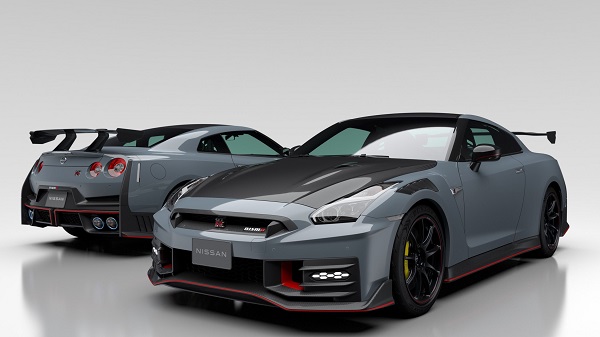
Inside the car, the GT-R features a high-tech, driver-focused cockpit. The car’s dashboard is dominated by a large touchscreen display that controls everything from climate control to infotainment, while the seats are designed for ultimate comfort and support.
Performance
The Nissan GT-R is a true high-performance sports car, with a range of advanced technologies that deliver unmatched speed and handling. The car’s twin-turbocharged V6 engine produces up to 600 horsepower and 481 lb-ft of torque, accelerating the GT-R from 0 to 60 mph in just 2.9 seconds. The car’s top speed is over 200 mph, making it one of the fastest cars on the market.

The GT-R’s handling is equally impressive, thanks to its advanced all-wheel-drive system and aerodynamics. The car features a sophisticated suspension system that adjusts in real-time to provide optimal handling and ride quality, as well as an advanced aerodynamic design that minimizes drag and maximizes downforce.
Legacy
The Nissan GT-R has established itself as one of the most innovative and exciting sports cars of all time. The car has won numerous awards and accolades, including the 2009 and 2010 World Performance Car of the Year awards. The GT-R has also achieved success on the track, with multiple victories in endurance races such as the Nürburgring 24 Hours.

The Porsche Cayman: A Compact Sports Car with a Big Personality
The Porsche Cayman is one of the compact sports cars that have been thrilling drivers since its debut in 2005. With its nimble handling, powerful engine, and sleek design, the Cayman is a favorite of car enthusiasts who want a high-performance car that can handle daily driving with ease. In this article, we’ll take a closer look at the history, design, performance, and features of Porsche Cayman.

History
The Porsche Cayman was first introduced in 2005 as a mid-engine sports car based on the Porsche Boxster. The car was designed to offer a more affordable alternative to the Porsche 911, while still providing the high-performance driving experience that Porsche is known for. Over the years, the Cayman has undergone numerous updates and upgrades, including a major redesign in 2013.

Design
The Porsche Cayman is a stunning example of Porsche’s commitment to design excellence. The car features a sleek and aerodynamic body with distinctive lines and curves that draw the eye. The car’s low-slung profile and wide stance give it a powerful and athletic appearance, while the iconic Porsche badge on the hood reminds drivers of the car’s rich heritage.
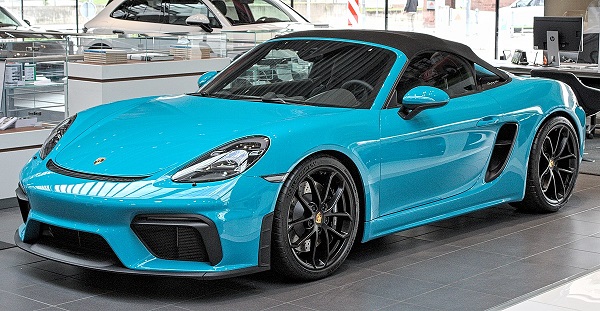
Inside the car, the Cayman is a masterpiece of minimalist design. The car’s dashboard is uncluttered and features a large touchscreen display that controls everything from the car’s infotainment system to its climate control. The seats are comfortable and supportive, with a range of adjustment options to ensure that drivers can find the perfect driving position.
Performance
The Porsche Cayman is a true sports car, with a range of advanced technologies that deliver exceptional performance. The car’s mid-engine layout gives it a low center of gravity, which, when combined with its advanced suspension system, provides unmatched handling and agility. The car’s powerful flat-six engine produces up to 394 horsepower and can accelerate the Cayman from 0 to 60 mph in just 4.0 seconds.
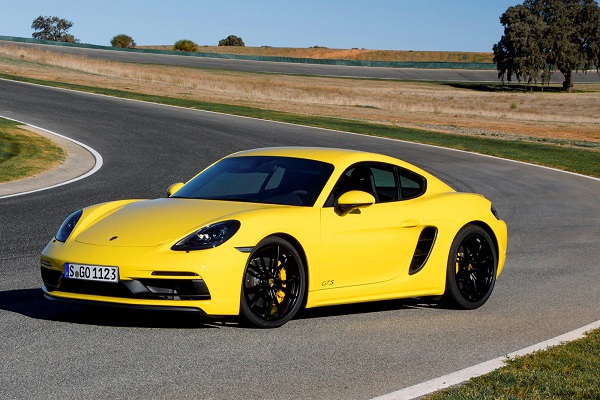
The Cayman is also available with Porsche’s advanced PDK dual-clutch transmission, which provides lightning-fast gear changes and even better performance. The car’s brakes are also top-of-the-line, with large ventilated discs that provide excellent stopping power and fade resistance.
Features
In addition to its exceptional performance, the Porsche Cayman is also loaded with features that make it a pleasure to own and drive. The car comes standard with a range of advanced safety features, including anti-lock brakes, traction control, and stability control. It also features a high-quality infotainment system with smartphone integration, as well as a range of advanced driver assistance features, such as lane departure warning and adaptive cruise control.
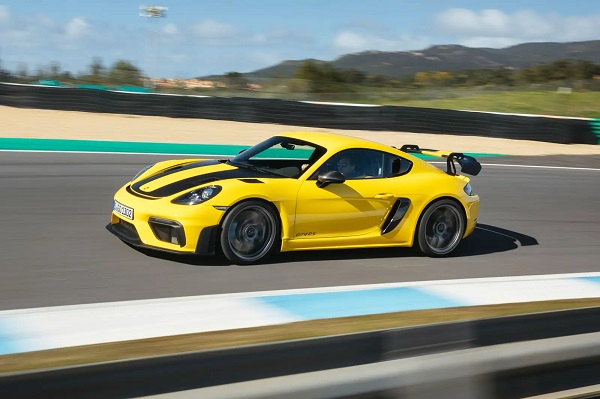
Toyota Supra: Speed and Efficiency
The Toyota Supra is a legendary sports car that has captured the hearts of car enthusiasts for generations. Originally introduced in 1978, the Supra has gone through several iterations over the years, with the latest model being the fifth generation released in 2019.
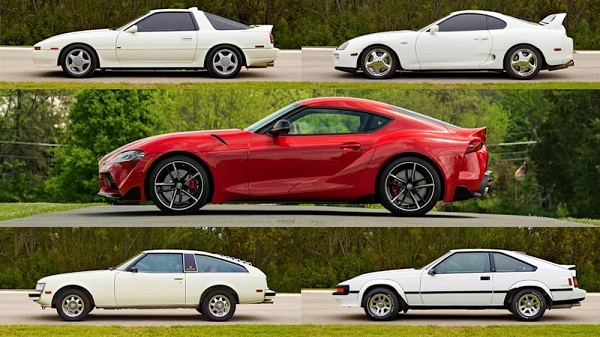
Design and Performance
The Toyota Supra is known for its sleek and stylish design, with a low-slung body that is both aerodynamic and visually striking. The latest model features a prominent front grille, sleek LED headlights, and a sculpted hood that emphasizes its sporty nature.
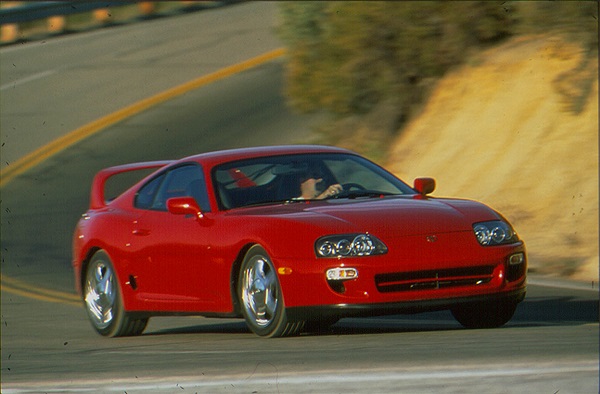
Under the hood, the Supra is powered by a 3.0-liter inline-six engine that produces 382 horsepower and 368 lb-ft of torque. This engine is paired with an eight-speed automatic transmission and rear-wheel drive, delivering impressive performance and an exhilarating driving experience.
Features and Technology
The Supra like other powerful sports cars comes packed with a range of advanced features and technologies, including an 8.8-inch infotainment touchscreen, a 12-speaker JBL sound system, and a suite of driver-assistance features such as adaptive cruise control and lane departure warning.
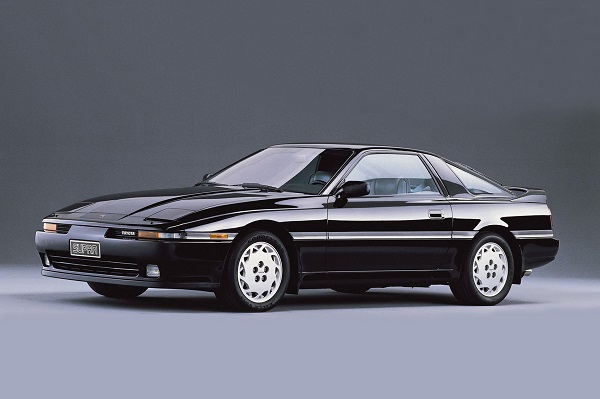
In addition, the Supra also features an advanced suspension system that provides exceptional handling and agility, making it a joy to drive on both the highway and the racetrack.
Legacy and Impact
Over the years, the Toyota Supra has become a cultural icon, appearing in numerous films, television shows, and video games. Its popularity is due in part to its impressive performance, but also to its sleek design and distinctive personality.
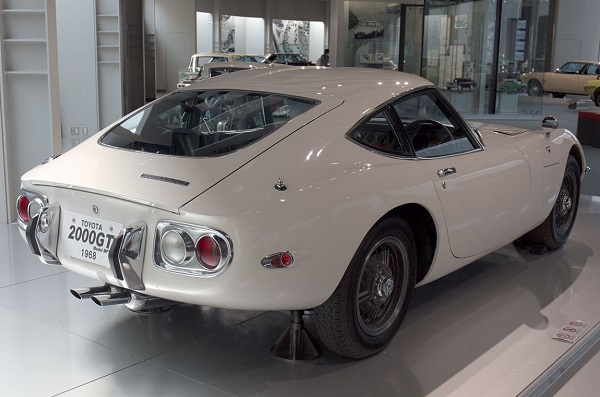
The Supra has also had a significant impact on the automotive industry, inspiring countless imitators and helping to shape the sports car market as we know it today
Conclusion
These top 10 sports cars offer a range of performance and style, but they all have one thing in common: they’re designed to be driven. Whether you’re looking for speed, handling, or just a fun driving experience, there’s a sports car on this list that’s sure to satisfy you.
